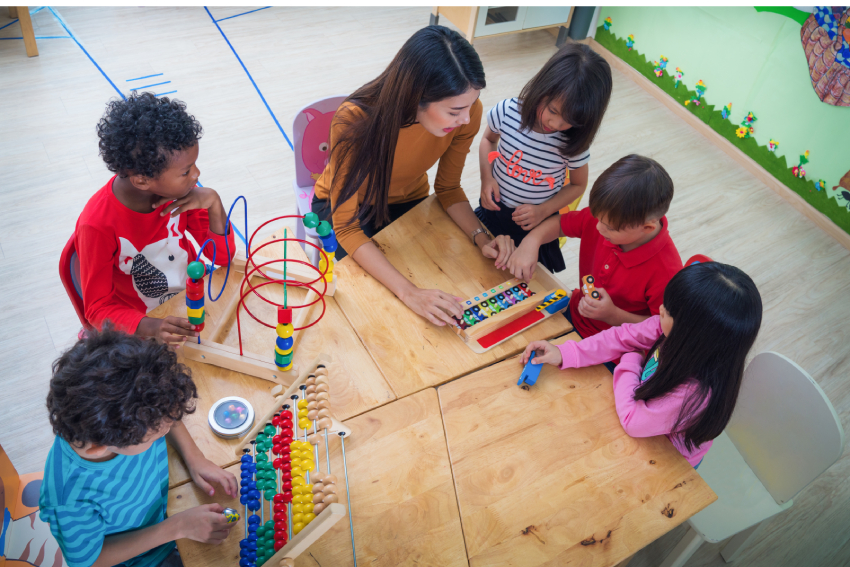The bumpy road ahead for ECE teachers
Andrew Gibbons
04 Jun 2020

For early childhood teachers the $151 million ‘pay bump’ has been a long time coming – and it’s not the only bump they need, writes Associate Professor Andrew Gibbons.
Low pay for qualified teachers has been the norm for early childhood teachers, not the exception, and the Government’s budget announcement will have a significant impact on many lives.
Education Minister Chris Hipkins is remarkably open and honest about pay disparities, and he admits that the pay bump only goes ‘some way’ to address the economic exploitation of early childhood teachers.
In solving the exploitation and discrimination of teachers in the highly privatised and corporatised early childhood sector, it is essential to recognise that other bumps are also needed to ensure good working conditions with professional opportunities that reflect the complexity of their work.
They need bumps to child to teacher ratios, bumps to space and environment, bumps to governance and licensing, bumps to the valuing of a diversity of services, bumps to the provision of professional development and support, bumps to leadership and management practices, bumps to teacher qualification pathways and experiences, and bumps to public perceptions of the status and value of early childhood teachers.
In other words, we are looking at a very bumpy road ahead.
Now though, thanks to the Minister, there is positive attention to early childhood education, rather than a persistent systemic failure to adequately value and support the complex work of its teachers.
And complex work it is – something many parents are now aware of since being in lockdown.
It is also work that is essential for the well-being of children returning to early childhood education settings after over a month in lockdown.
The nation as a whole, and particularly employers, need to recognise that each child and each family heading back into early childhood education will have a unique and sensitive experience that needs time and support.
Without such support, it is likely to be a very disorienting time for children, parents, caregivers and teachers.
It’s not just about washing hands and disinfecting equipment. It’s also about attention to and support for hesitancy and anxiety, as well as looking for children to show an active keenness to return to their early childhood centre as a fun and caring place of learning.
The topic of being in a fun and caring place of learning was recently a subject of national debate.
It was reported that primary and secondary teachers were objecting to being caregivers or babysitters in de-facto daycares under Level 3.
Predictably, the headlines didn’t focus on teachers worry over bringing Covid-19 home, or that they missed their students.
In debates about the status of early childhood teaching, the topic of babysitting is often bandied about. Early childhood teachers have been called glorified babysitters.
It’s time though to question these negative perceptions.
Can we not move on from the use of babysitting as a pejorative in education, one that negates both the sitter and the baby?
Perhaps what all children need right now is entirely a teacher who thinks positively about caregiving and babysitting, and who can see these practices as a part of being a great teacher.
That kind of positive thinking can contribute to our journey along the bumpy road out of the professional exploitation of early childhood teachers and towards a shared national recognition of the hard, complex, and essential work of all early childhood teachers.
Useful links
First appearance
This opinion piece was first published by Education Central.